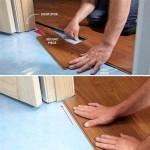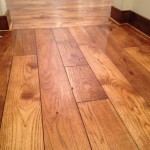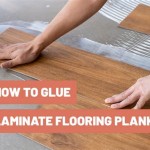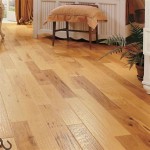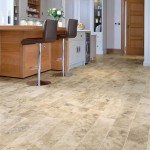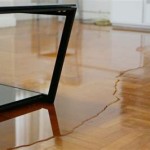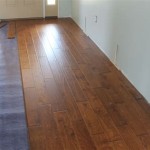Vinyl plank flooring is a popular flooring choice in many homes due to its affordability, ease of installation, and durability. However, when the time comes to remove or replace the floor, it’s important to do so without damaging it. Removing vinyl plank flooring without causing damage can be done if you take the proper precautions and follow the instructions below.
Gather Your Tools and Materials
Before attempting to remove your vinyl plank flooring, it’s important to have the right tools and materials on hand. You’ll need a utility knife, a pry bar, a hammer, a putty knife, a vacuum cleaner, and a broom. You should also have a few buckets of warm water, a sponge, and a soft cloth for cleaning the surfaces once the flooring has been removed.
Remove the Baseboards
The first step to removing your vinyl plank flooring is to remove the baseboards. This can be done by carefully prying them away from the wall with a pry bar. Once removed, you can use a utility knife to cut away any caulk along the edges of the baseboards. This will make it easier to reinstall the baseboards once the flooring has been removed.
Lift the Flooring
Once the baseboards have been removed, you can begin to lift the vinyl plank flooring. Start in one corner and use a putty knife to pry up the planks. Work your way across the room, carefully lifting each plank until the entire floor has been removed.
Remove Adhesive
Once the planks have been removed, you’ll need to remove any adhesive that remains on the subfloor. You can do this by using a putty knife to scrape away the adhesive. You may need to use a hammer to tap the putty knife and loosen the adhesive. Once all of the adhesive has been removed, use a vacuum cleaner to remove any dust and debris.
Clean the Subfloor
Once all of the adhesive has been removed, you’ll need to clean the subfloor. Use a bucket of warm, soapy water and a sponge to scrub the subfloor. Once the subfloor is clean, use a soft cloth to dry it. This will ensure that the new flooring will adhere properly.
Reinstall the Baseboards
Once the subfloor is clean and dry, you can reinstall the baseboards. Use a hammer and nails to secure the baseboards in place. Be sure to use caulk along the edges of the baseboards to ensure a tight seal.
Conclusion
Removing vinyl plank flooring without damaging it is possible if you take the proper steps and use the right tools and materials. Start by gathering your tools and materials, then remove the baseboards and lift the planks. Next, use a putty knife to remove any adhesive, and use a bucket of warm, soapy water and a sponge to clean the subfloor. Finally, reinstall the baseboards and caulk the edges. Following these steps will ensure that your vinyl plank flooring is removed without damage.





/RemovingVinylFlooringwithaHeatGun-5b56475fc9e77c00371d7b7b.jpg)




![How To Replace Damaged Vinyl Plank From The Existing Floor [VIDEO] All About Flooring](https://i2.wp.com/www.allflooring.org/wp-content/uploads/2016/04/Screenshot-2016-04-24-13.40.43.png)



Related Posts

